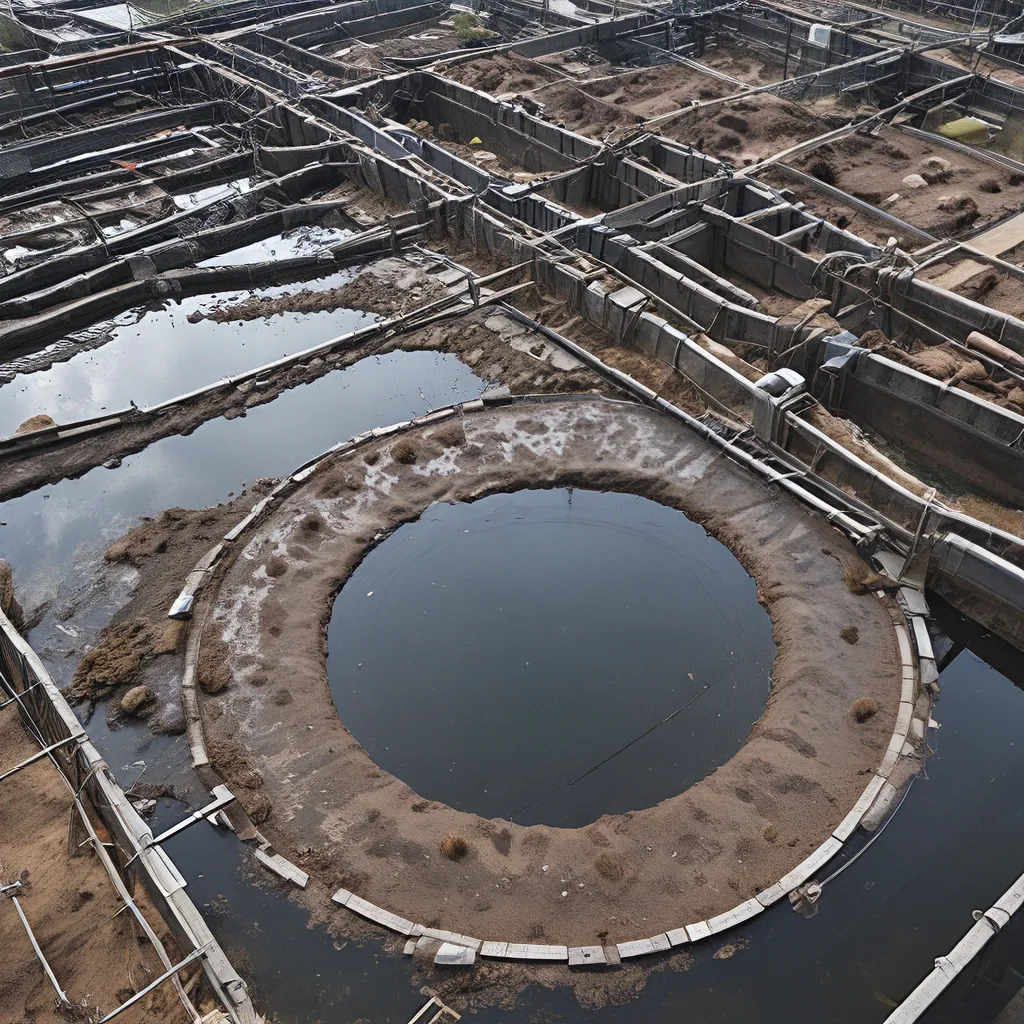
Imagine a world where we could harness the power of wastewater to unlock a treasure trove of insights about our collective health. It’s a concept that might sound a bit unconventional, but I’m here to tell you that it’s rapidly becoming a game-changer in the realm of public health monitoring and response.
The Rise of Wastewater-Based Epidemiology
In the not-so-distant past, if public health officials wanted to get a pulse on the health of a community, they would typically rely on data from doctor’s visits, hospital admissions, and self-reported illnesses. While these traditional methods have their merits, they often fall short in capturing the full picture. After all, not everyone seeks medical attention, and some individuals may be hesitant to disclose certain health conditions.
Wastewater-based epidemiology (WBE) has emerged as a groundbreaking approach that aims to fill this gap. By analyzing the chemical and biological components present in wastewater, researchers can gain insights into the collective health of a population, often before traditional health surveillance methods can detect emerging issues.
The Power of Wastewater Data
Think about it this way: every time we flush the toilet, we’re inadvertently contributing to a rich data source that could hold the key to unlocking critical public health information. Wastewater contains a wealth of information, from the presence of illicit drugs and pharmaceuticals to the detection of viruses, bacteria, and even genetic markers associated with various health conditions.
By leveraging advanced data analytics and machine learning algorithms, public health officials can now sift through this vast trove of wastewater data, identifying patterns and trends that might have been previously invisible. This information can then be used to inform targeted public health interventions, allocate resources more effectively, and even predict the emergence of future outbreaks.
The COVID-19 Pandemic: A Wastewater Revelation
The COVID-19 pandemic has been a true catalyst for the widespread adoption of wastewater-based epidemiology. As the world grappled with the ongoing health crisis, researchers and public health authorities quickly realized the immense potential of wastewater surveillance to track the spread of the virus.
Unlike traditional testing methods that rely on individual samples, wastewater-based epidemiology can provide a comprehensive picture of the viral load within a community. By monitoring the presence and concentration of SARS-CoV-2 genetic material in wastewater, public health officials have been able to detect outbreaks early, identify hotspots, and even anticipate the potential severity of future waves.
The Expanding Reach of Wastewater Surveillance
But the applications of wastewater-based epidemiology extend far beyond the COVID-19 pandemic. Imagine a future where we can use this data-driven approach to track the prevalence of opioid use, monitor the spread of influenza, or even detect the early signs of a new disease outbreak. The possibilities are truly exciting and far-reaching.
Researchers are already exploring the potential of wastewater surveillance to tackle a wide range of public health challenges, from antimicrobial resistance to the monitoring of mental health indicators. By combining wastewater data with other epidemiological information, we can gain a more comprehensive understanding of the overall health of a community, enabling more effective and targeted interventions.
The Future of Wastewater Epidemiology
As we move forward, I anticipate that wastewater-based epidemiology will become an increasingly integral part of our public health infrastructure. Advances in data analytics, artificial intelligence, and sensor technology will undoubtedly enhance our ability to extract meaningful insights from wastewater, driving us towards a future where we can proactively address emerging health threats and optimize the allocation of resources.
Of course, there are still some challenges to overcome. issues around data privacy, regulatory frameworks, and cross-jurisdictional collaboration will need to be carefully navigated. But with the right policies, technological innovations, and interdisciplinary collaboration, I have no doubt that wastewater-based epidemiology will continue to evolve and become a powerful tool in our public health arsenal.
Conclusion: A Flushing Revolution in Public Health
So, the next time you flush the toilet, I’d encourage you to pause and reflect on the incredible potential that lies within that seemingly mundane act. Wastewater is no longer just a byproduct of our daily lives; it’s a treasure trove of information that can help us better understand and safeguard the health of our communities.
As we continue to explore the frontiers of wastewater-based epidemiology, I’m excited to see how this revolutionary approach will shape the future of public health monitoring and response. It’s a flush of hope for a healthier tomorrow.
And who knows, maybe the Alpha Wastewater team is already leading the charge in harnessing the power of wastewater to enhance public health in your community. It’s certainly an intriguing idea worth exploring!